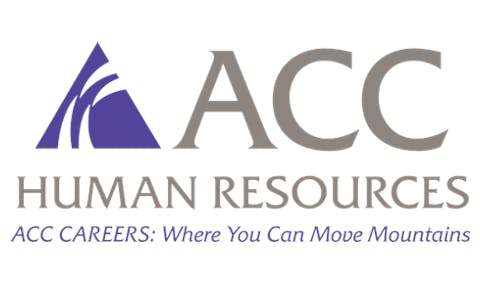The Center for Community College Student Engagement’s (CCCSE’s) latest survey has found that over one quarter of community college students, particularly students of color, are facing basic needs insecurity. Yet, despite balancing their educational careers with the struggles of accessing food and housing, CCCSE found these students demonstrated more involvement and engagement with their education.
 Dr. Linda Garcia, executive director of CCCSE at the University of Texas at Austin.
Dr. Linda Garcia, executive director of CCCSE at the University of Texas at Austin.
Garcia said she hopes this report can encourage community and technical colleges to continue to assess student needs and build support through partnerships or individual, institutional action.
The report, "Mission Critical: The Role of Community Colleges in Meeting Student’s Basic Needs," recognizes institutions that have come up with creative solutions to basic needs insecurities, like free breakfast and lunch programs. Long Beach City College (LBCC) in California built a pilot program allowing students to safely sleep in their cars on campus, and Cuyahoga Community College in Cleveland partnered with nearby four-year Cleveland State University to build student housing for single, parenting students.
“Students want to know they are cared for,” said Garcia. “When the college does provide support services, whether its food pantry, a gift card for gas or the grocery store, connecting them with a community food pantry they didn’t know existed, students know the college cares about them and wants them to be successful.”
CCCSE surveyed 82,424 students from 195 community and technical colleges throughout the U.S. to produce their findings. The results revealed that 29% of respondents indicated they were food insecure at some point within 30 days of taking the survey, and 14% indicated housing insecurity within the last year. Native Hawaiians, Alaska Natives, Pacific Islanders, Native Americans, and Black students had the highest percentages of needs insecurity.
 Dr. Eric Felix, assistant professor of higher education at San Diego State University.
Dr. Eric Felix, assistant professor of higher education at San Diego State University.


















